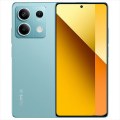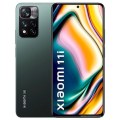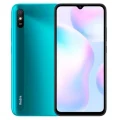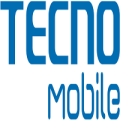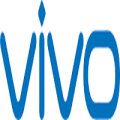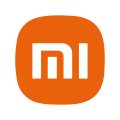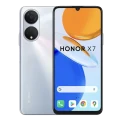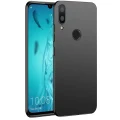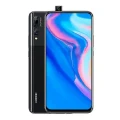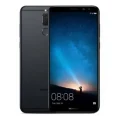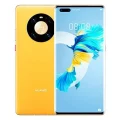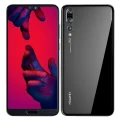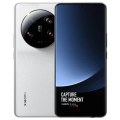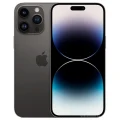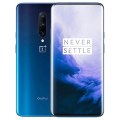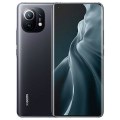- Awesome page
- Latest Mobile
- Unofficial
- Xiaomi Poco X6 Pro
Xiaomi Poco X6 Pro
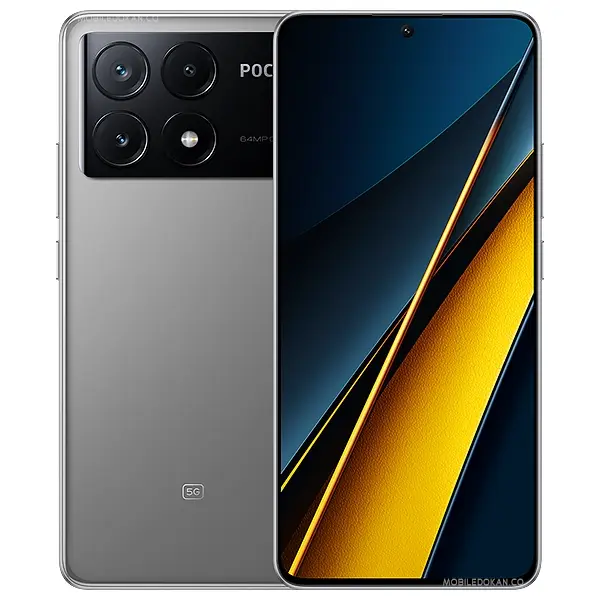

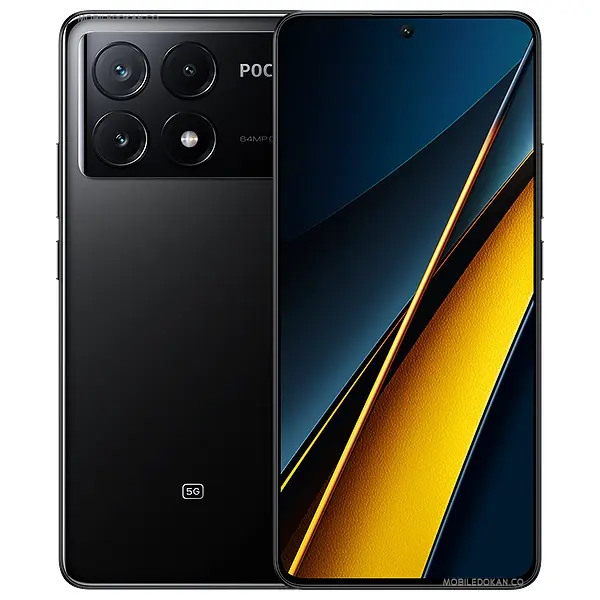

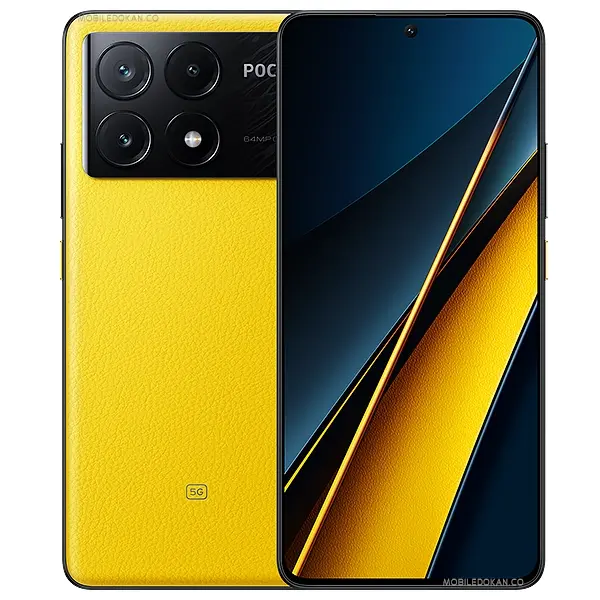
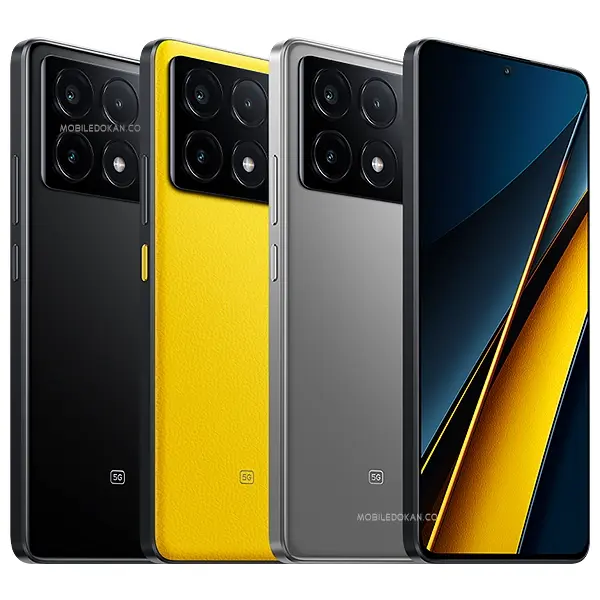
Pros
- Dimensity 8300-Ultra chipset.
- 12GB RAM and 512GB stroage.
- 6.67-inch, 120Hz AMOLED display.
- Tripple primary camera with 64MP.
- In-display fingerprint, AI face unlock.
Cons
- FM is not supported.
- IP54, dust and splash resistant.
- No 3.5mm earphone jack.
Specifications
General
| Model | Xiaomi Poco X6 Pro |
| Announced | 11-01-2024 |
| Released | 12-01-2024 |
| Status | Available |
| Official price | 38000 |
Design
| Dimensions | 160.5 x 74.3 x 8.3 mm (6.32 x 2.93 x 0.33 in) |
| Weight | 186 g or 190 g (6.56 oz) |
| Colors |
Black, Yellow, Gray |
Network
| 2G Network |
GSM 850 / 900 / 1800 / 1900 - SIM 1 & SIM 2 |
| 3G Network |
HSDPA 850 / 900 / 1700(AWS) / 1900 / 2100 |
| 4G Network |
1, 2, 3, 4, 5, 7, 8, 18, 19, 20, 28, 38, 40, 41, 48, 66 |
| 5G Network |
1, 2, 3, 4, 5, 7, 8, 18, 19, 20, 28, 38, 40, 41, 48, 66 |
| GPRS <strong>GPRS</strong> (General Packet Radio Service) is a packet oriented mobile data service on the 2G and 3G cellular communication system's global system for mobile communications (GSM), Generally, GPRS is used for the purpose of wireless data transfer, such as sharing pictures and videos or browsing the Internet via a mobile phone connection. | |
| EDGE <strong>EDGE</strong> (Enhanced Data GSM Environment) is a wireless network technology generally considered the next step in the 2G network offers data transfer rates up to four times faster than ordinary GSM networks, Generally, EDGE is used for the purpose of wireless data transfer, such as sharing pictures and videos or browsing the Internet via a mobile phone connection. | |
| Speed | HSPA, LTE-A, 5G |
Display
| Display Type <strong>Display Technology => </strong> A number of display technologies and types used in mobile phones => TFT (Thin Film Transistor), IPS (In-Place Switching), OLED (Organic Light Emitting Diode), AMOLED (Active-Matrix Organic Light-Emitting Diode), Super AMOLED (an even advanced version of AMOLED), Resistive Touchscreen (Resistive touchscreens contain two layer of conductive material with a very small gap between them which acts as a resistance), Capacitive Touchsceen (Capacitive touchscreen technology consists of a layer of glass coated with a transparent conductor) | OLED capacitive touchscreen, 68B colors |
| Size | 6.67 inches, 107.4 cm2 (~90.1% screen-to-body ratio) |
| Resolution | 1220 x 2712 pixels, 20:9 ratio (~446 ppi density) |
| Features |
120Hz, HDR10+, Dolby Vision, 500 nits (typ), 1200 nits (HBM), 1800 nits (peak) |
Camera
| Camera Features |
LED flash, HDR, panorama |
Hardware
| Chipset <strong>Chipset</strong> is a group of integrated circuits designed to perform one or a more dedicated functions, often with real time computing constraints, Popular smartphones are equipped with more advanced embedded chipsets that can do many different tasks depending on their programming. | Mediatek Dimensity 8300 Ultra (4 nm) |
| CPU <strong>CPU</strong> (Central Processing Unit) mostly known as processors, CPU processes instructions in order to carry out certain functions that make your device operate properly. Processors are often described as the brain of computers, smartphones and tablets, Smartphones and tablets rely on processors to carry out their every task, Processors are an incredibly important factor in selecting any type of computing device, including your smartphone. | Octa-core 3.35 GHz (1+3+4 cores) |
| GPU <strong>GPU</strong> (Graphics Processing Unit) is a single-chip processor designed to rapidly manipulate and alter memory to accelerate the creation of images in a frame buffer intended for output to a display, This includes things such as lighting effects, object transformations, and 3D motion. | Mali G615-MC6 |
| RAM (Memory) <strong>RAM</strong> (Random Access Memory) is a type of computer memory that can be accessed randomly, any byte of memory can be accessed without touching the preceding bytes that allows information to be stored and accessed quickly from random locations. RAM is the most common type of memory found in computer systems, smartphones, tablets and other electronic devices. | 8/12 GB |
| Internal Storage <strong>Internal Storage</strong> is a data storage space (flash memory) mostly used in smartphones, tablets and other electronic devices where operating system, apps, music, photos, videos, files and other user data Is stored. | 256/512 GB UFS 4.0 |
| Sensors <strong>Sensors</strong> are electronic components that detects and responds to some type of input from the physical environment. The specific input could be light, heat, motion, moisture, pressure and location, The output is generally a signal that is converted to use in computing systems, a location sensor, such as a GPS receiver is able to detect current location of your electronic device. |
Fingerprint (under display, optical), accelerometer, proximity, gyro, compass |
Connectivity
| Bluetooth <strong>Bluetooth</strong> is a wireless communications technology for exchanging data between mobile phones, headsets, computers and other network devices over short distances without wires, Bluetooth technology was primarily designed to support simple wireless networking of personal consumer devices. | 5.4, A2DP, LE |
| Infrared <strong>Infrared</strong> connectivity is an old wireless technology used to connect two electronic devices. It uses a beam of infrared light to transmit information and so requires direct line of sight and operates only at close range. | |
| USB | USB Type-C, OTG |
| GPS <strong>GPS</strong> The Global Positioning System is a satellite-based radio navigation system, GPS permits users to determine their position, velocity and the time 24 hours a day, in all weather, anywhere in the world, In order to locate your position, your device or GPS receiver must have a clear view of the sky. | GPS, GALILEO, GLONASS, QZSS, BDS (B1I+B1c) |
| NFC <strong>NFC</strong> (Near field communication) is a set of standards for smartphones and similar devices to establish peer-to-peer radio communications with each other by touching them together or bringing them into proximity, usually no more than a few inches. |
Battery
| Battery Type <strong>Battery Type => </strong> Cell phones run on various kinds of batteries depending on the manufacturer, phone size or shape and features. There are basically four types of cell phone batteries => Lithium Polymer, Lithium Ion, Nickel Metal Hydride and Nickel Cadmium. | Non-Removable Li-Po |
| Capacity <strong>Battery Capacity</strong> is a measure (typically in Amp-hr) of the charge stored by the battery, and is determined by the mass of active material contained in the battery. The battery capacity represents the maximum amount of energy that can be extracted from the battery under certain conditions. | 5000 mAh |
| Charging Charging | 67W wired, 100% in 45 min (advertised) |
Xiaomi Poco X6 Pro Price in Bangladesh
The Xiaomi Poco X6 Pro is currently available in two variants, offering options for 256GB or 512GB of storage along with 8GB or 12GB of RAM. The price of the Poco X6 Pro in Bangladesh is 38,000 taka. Notably, it features a sizable 5000mAh battery with 67W fast charging support. This device operates on Android 14 and is powered by the Mediatek Dimensity 8300 Ultra chipset, built on a 4nm architecture.
| Model | Xiaomi Poco X6 Pro |
| Price | BDT. 38,000 |
| Display | 6.67″ 1220×2712 pixels |
| RAM | 8/12 GB |
| ROM | 256/512 GB |
| Released | 2024, January |
Your Questions and Our Opinion about the Poco X6 Pro
What questions might you have about this phone? Let’s address them. Here are some key questions and answers about the Xiaomi Poco X6 Pro:
- When was it released?
- The release date of the Xiaomi Poco X6 Pro is not specified in the provided information.
- What are the available variants?
- The Poco X6 Pro is available in two variants: 256GB/8GB RAM and 512GB/12GB RAM.
- What is the price of the Xiaomi Poco X6 Pro?
- The price of the Xiaomi Poco X6 Pro is 38,000 taka in Bangladesh.
- How large is the battery, and does it support fast charging?
- The Poco X6 Pro boasts a 5000mAh battery with 67W fast charging capabilities.
- Which operating system does it run on, and what chipset does it use?
- It runs on Android 14 and is powered by the Mediatek Dimensity 8300 Ultra chipset.
Reasons to Consider Buying
The Poco X6 Pro presents several compelling reasons for potential buyers to consider:
- High Storage and RAM: With options for up to 512GB of storage and 12GB of RAM, the Poco X6 Pro offers ample space and memory for storing files and running multiple applications simultaneously.
- Powerful Battery and Fast Charging: The device features a large 5000mAh battery, ensuring extended usage time, coupled with 67W fast charging for quick replenishment of battery life.
- Latest Android Version: Running on Android 14, users can enjoy the latest features, improvements, and security updates provided by the Android operating system.
- Efficient Performance: Powered by the Mediatek Dimensity 8300 Ultra chipset built on a 4nm architecture, the Poco X6 Pro delivers efficient performance for smooth multitasking and gaming experiences.
Verdict
In conclusion, the Xiaomi Poco X6 Pro offers impressive specifications and features at a competitive price point. With its large storage and RAM options, robust battery life, fast charging capabilities, and efficient performance, it stands as a strong contender in the mid-range smartphone market. Users seeking a reliable device for various tasks, including gaming, multimedia consumption, and productivity, would find the Poco X6 Pro to be a worthy investment.
